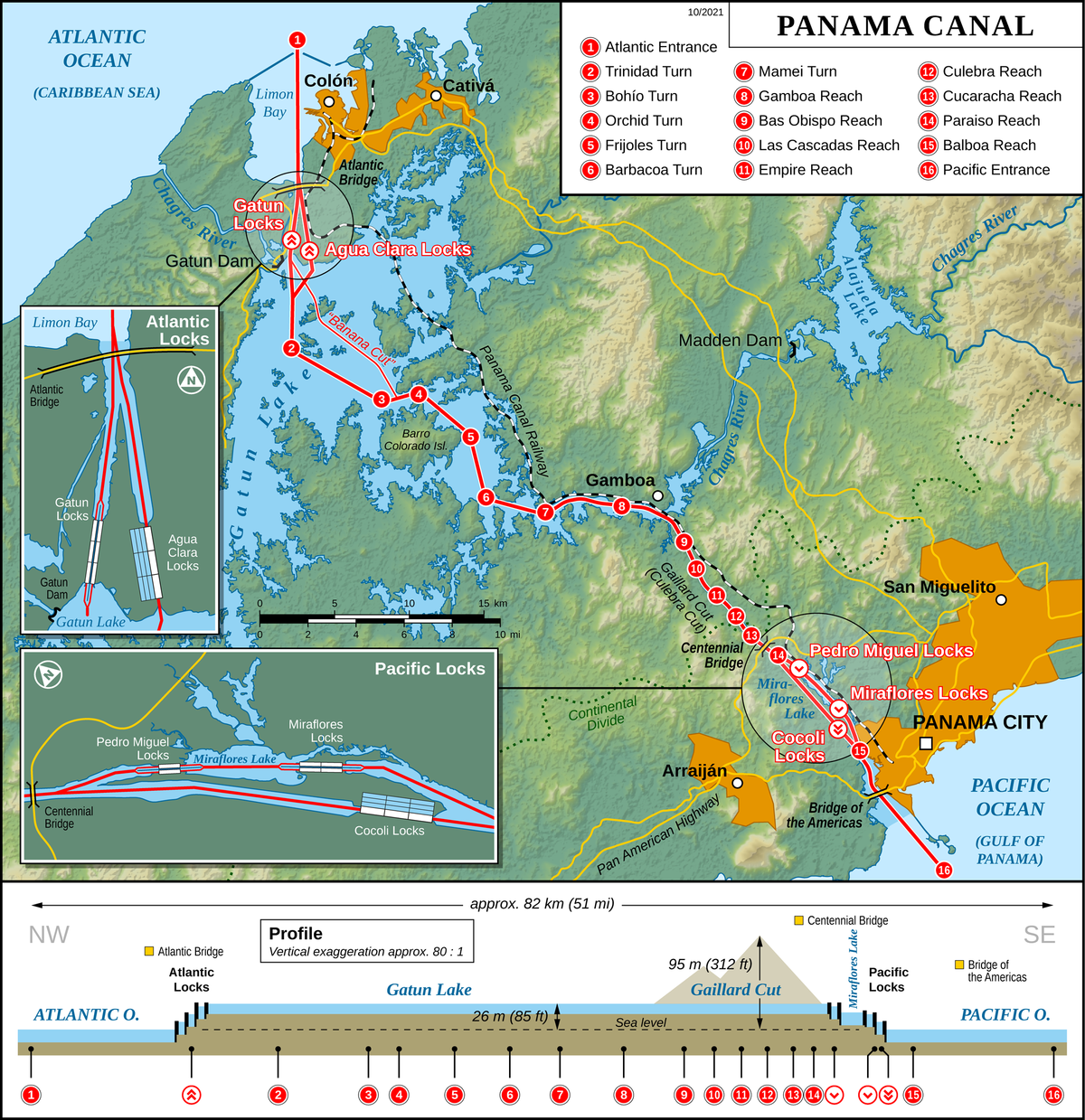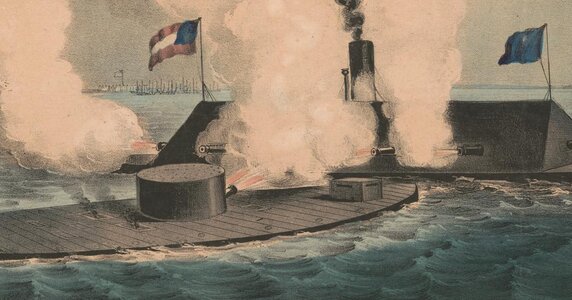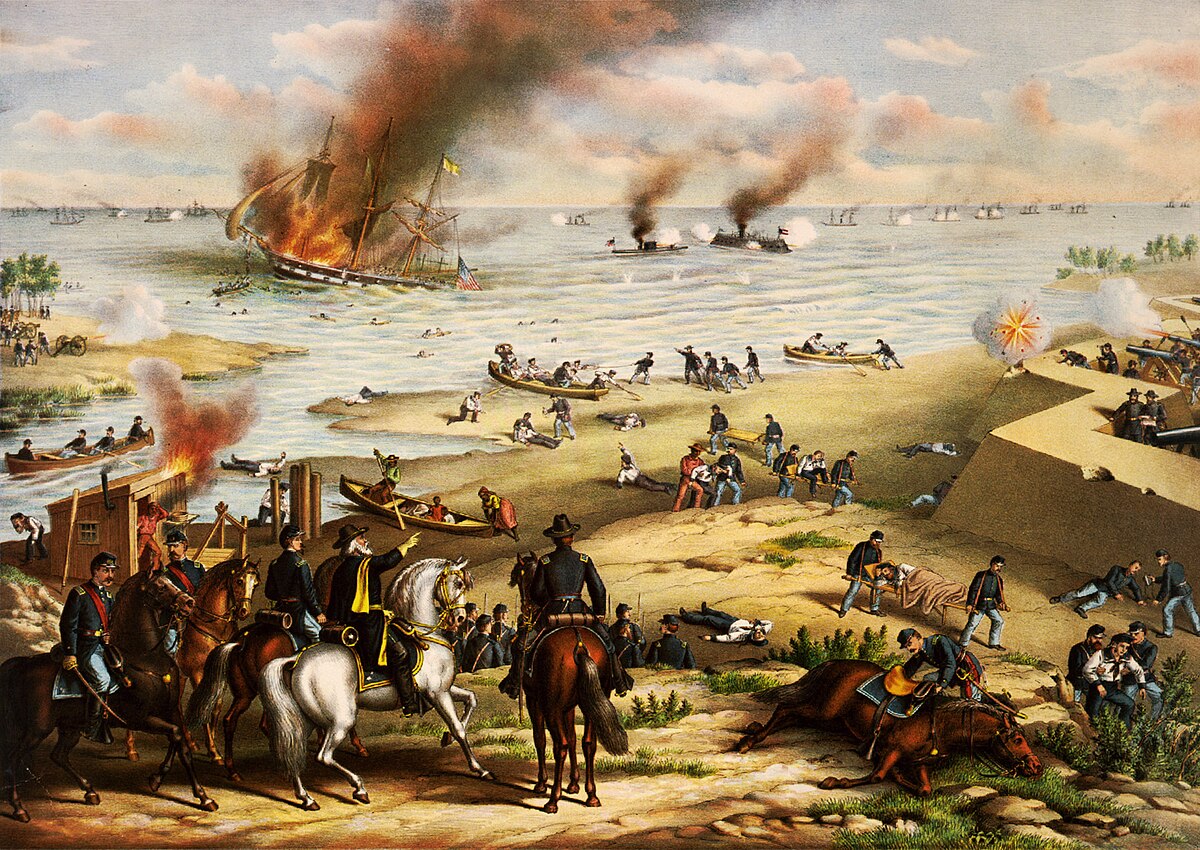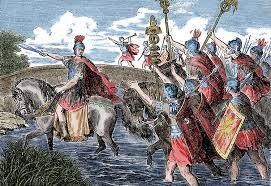#OTD (March 10) in 1948 the main building at Asheville’s Highland Hospital burned to the ground. Nine women died, including Zelda Fitzgerald, the wife of author F. Scott Fitzgerald. Highland’s business was in treating ‘nervous disorders.’ Psychiatrist Dr. Robert S. Carroll had opened his ‘sanatorium’ in 1904 to treat those with “nervous disease” as mental and emotional disorders were known at the time. Addiction was also addressed by treatments at Highland.
Dr. Carroll gave over the facility to the Duke University Neuropsychiatric Department in 1939. Under Duke management, exercise, especially mountain trekking, was stressed as a regimen for the patients. Zelda Fitzgerald’s biographer, Nancy Milford wrote of the place in 1970: “This was not hiking, nor was it supposed to be a particularly enjoyable exercise; it was to teach the disturbed to overcome obstacles by learning perseverance. A nurse who was at the hospital at the time said that the exercise ‘was to accustom the patient to the reality of endeavor, endless and routine. The monotonous plodding along of everyday life might be a sound analogy.’”
Zelda herself wrote of Highland in letters to Scott, “For as long as a year, Highland Hospital is a excellent a regime as I know; but it’s the only hospital that I have ever been in that makes no provisions for any personal life –[leisure, right of opinion, liberties such as town etc.] –and after three years of such, the soul begins to perish.” (From Bryer and Barks. Dear Scott, Dearest Zelda, 2002)
The facility had fire escapes but no sprinkler system and a dumb waiter system actually served to move the fire, started from an electric coffee urn left on in the kitchen, through the structure with great speed. A March 12 Asheville Citizen article noted that firemen were thwarted in their rescue by “heavily screened porches and windows shackled with chains as a precautionary measure to keep patients from jumping out.” (From
Tuesday History: The fire at Highland Hospital) Eleven patients were saved just the same.
Today there is a memorial plaque nearby the location on private property at 163 Zillacoa Street that lists the names of the eleven who died. It also bears a quotation by F. Scott Fitzgerald that reads, “I don’t need anything except hope, which I can’t find by looking backwards or forwards, so I suppose the thing is to shut my eyes.” The ‘Mountain Times’ link and this one from The NC Department of Cultural Resources has more:
Zelda Fitzgerald Casualty of Hospital Fire, 1948
On This Day in History – 1774: King George III Acts Against Boston
#OnThisDay #BostonTeaParty #TheDigPodcast





